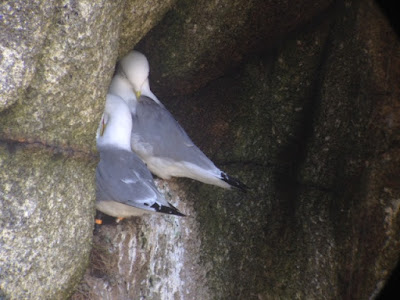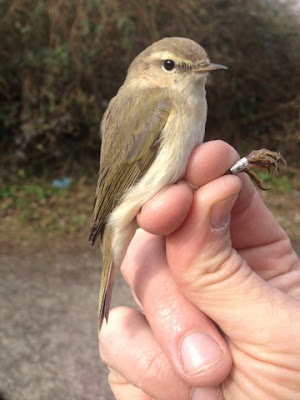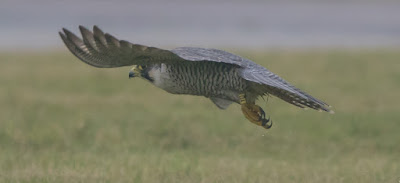Recent high tides and stormy weather have dumped large amounts of seaweed along the south coast and large groups of gulls have been making the most of the feeding opportunity. Many of these birds have been roosting on the rocks off Swanpool and Maenporth, giving Greg Wills from the group a chance to check lots of legs for colour rings.
In amongst the throng of birds at Swanpool beach on 13th November, one beast stood out though, with long legs, white head and very long wings; all classic Caspian Gull features. It was also sporting a yellow ring which really was exciting, as there's never been a record of a ringed Caspian Gull in Cornwall.
 |
| X609 at Swanpool beach on 13th November 2018 (Greg Wills) |
Many thanks to Ronald Klein in Germany who quickly replied to confirm that this was indeed one of his birds, ringed as a chick at Grabendorfer See in eastern Germany. The island colony does hold good numbers of breeding Caspian Gulls, but it's thought that there are also numerous hybrids produced in the colony. The consensus on this bird though is that it's a pure Caspian Gull and not a hybrid. Interestingly, this same bird was also seen at Newhaven, Sussex in September, with the photo below on the
Sussex Ornithological Society news page.
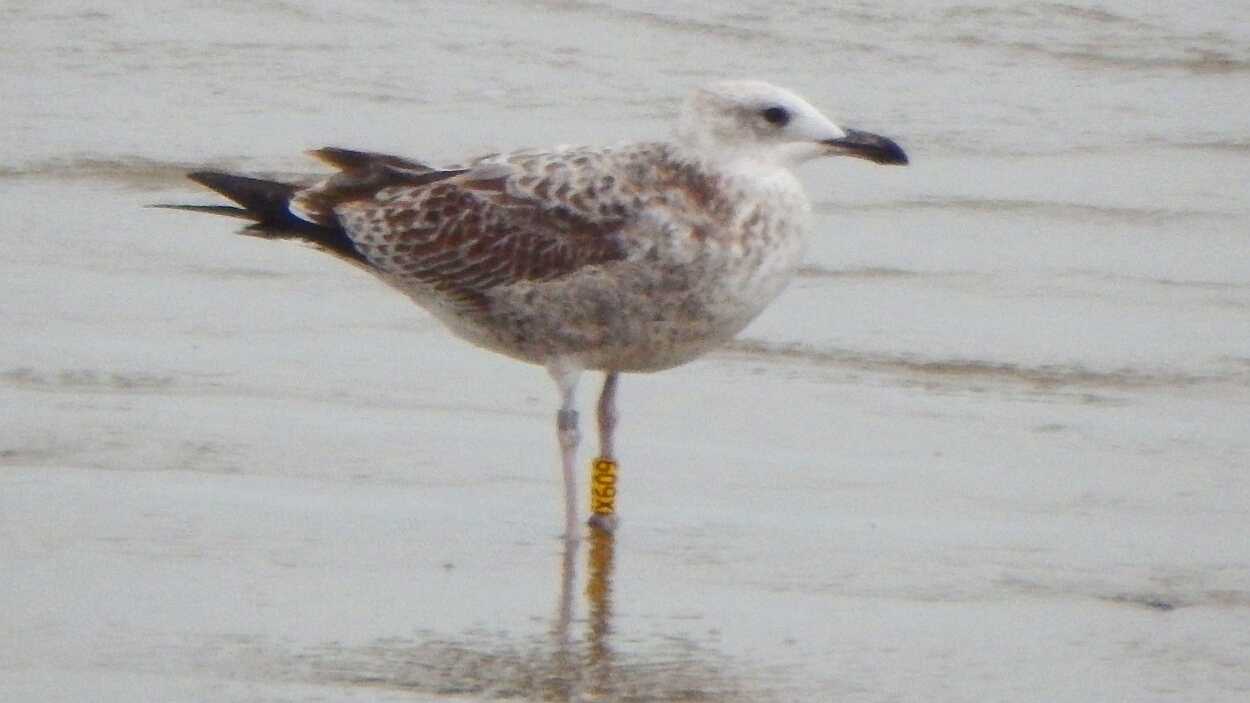 |
| X609 in Sussex in September 2018 |
Also of note in the melee of birds at Maenporth was an old friend not seen for a few years. Red S:037 was ringed as a rehabilitated bird at
Secret World in Somerset, being released near Burnham on Sea in July 2011.
 |
| Colour-ringed juvenile gulls in the release pens at Secret World |
It may well have originated in Cornwall, as it has since been seen at Newlyn (October 2011), Lizard (March 2014) and Swanpool, Falmouth (December 2014). It was actually the first bird from the project to be resighted away from the release site, so nice to still see it doing well!
 |
| Red S:037 at Swanpool in December 2014 (Samuel Perfect) |
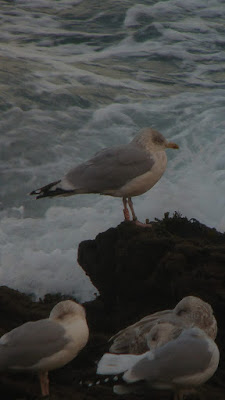 |
| Red S:037 at Maenporth in November 2018 (Greg Wills) |























